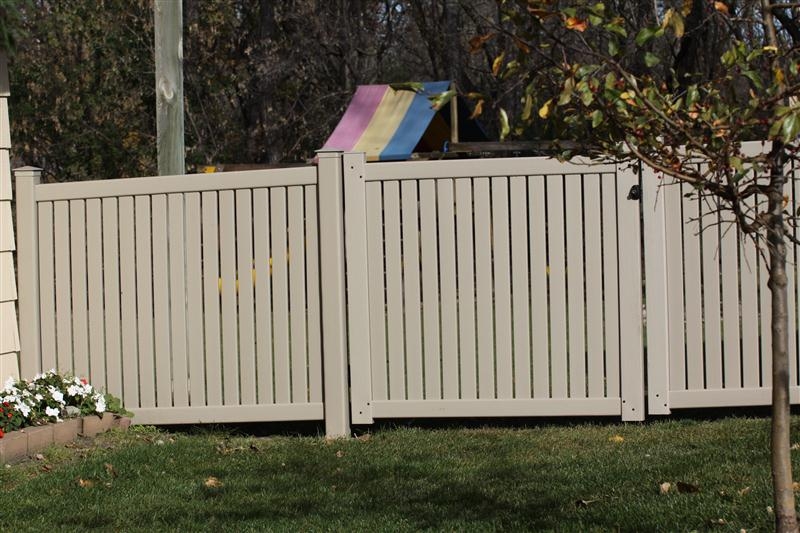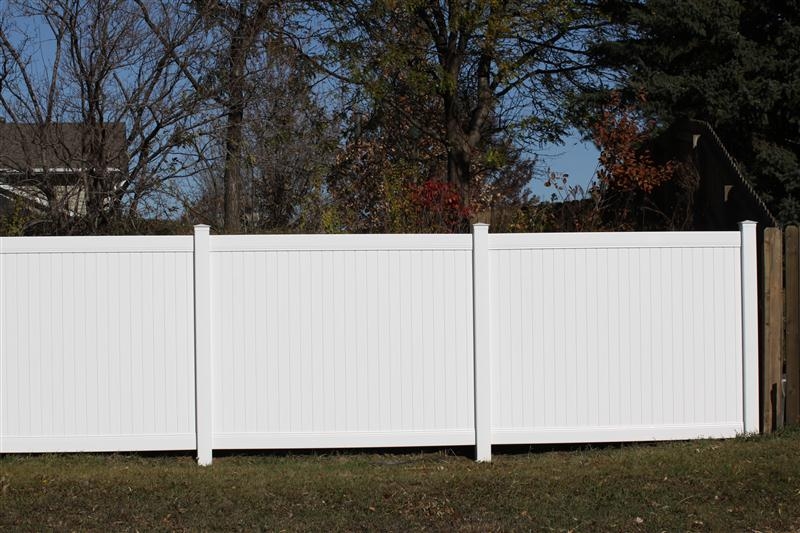Pine Is Affordable Wood Fence Option; Exotic Wood More Expensive
In a previous post we have discussed the various style of wood fences. In this post we will examine the types of wood used for fences.
The most common wood is pine, typically pressure treated to protect it from termites. The pine wood used in fences is also usually treated with a water repellant to extend the wood’s life.
While pine is among the least expensive among the various wood options for a fence, which has long made it the most popular wood used in fencing, the necessary treatments do increase the price.
While pressure treatments do increase the cost, the energy and chemicals used in the treatments to resist rot and insects has raised questions among eco-focused consumers and contractors.
Even with the cost and environmental questions, the practicality of pine — a fast-growing wood that can be farmed — for fencing can’t be overlooked when deciding on wood for a fence. …
Pine Is Affordable Wood Fence Option; Exotic Wood More ExpensiveRead More »

 There are two main types of manufactured material used to make fencing, vinyl (or PVC) and the newer composite fencing, led by manufacturer Trex.
There are two main types of manufactured material used to make fencing, vinyl (or PVC) and the newer composite fencing, led by manufacturer Trex. In this post we will examine new composite plastic material used in Trex fencing.
In this post we will examine new composite plastic material used in Trex fencing. In our previous post we learned the origin of PVC fencing and the
In our previous post we learned the origin of PVC fencing and the 